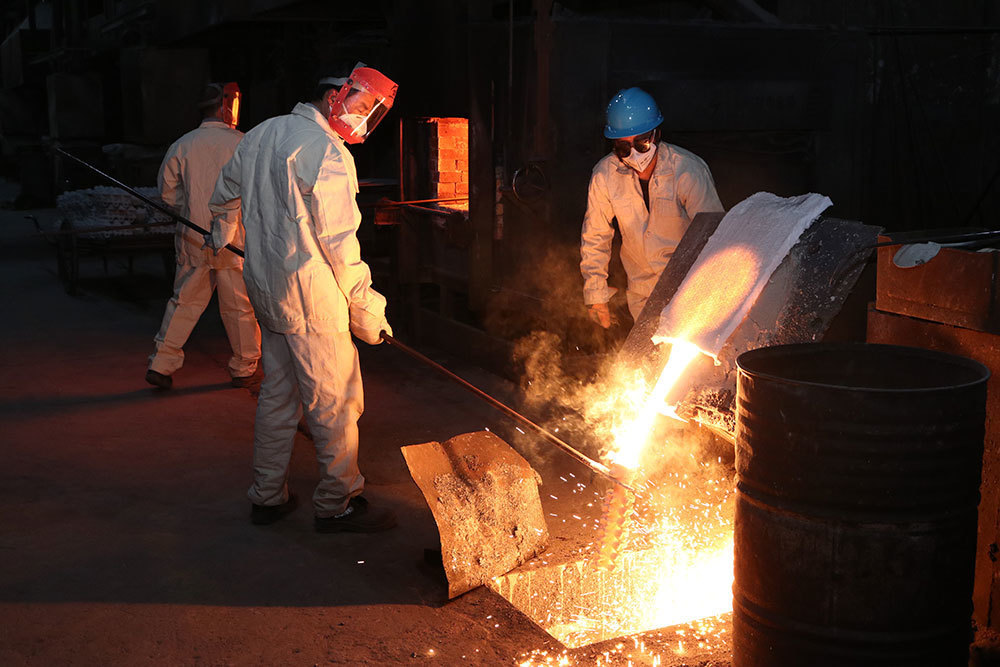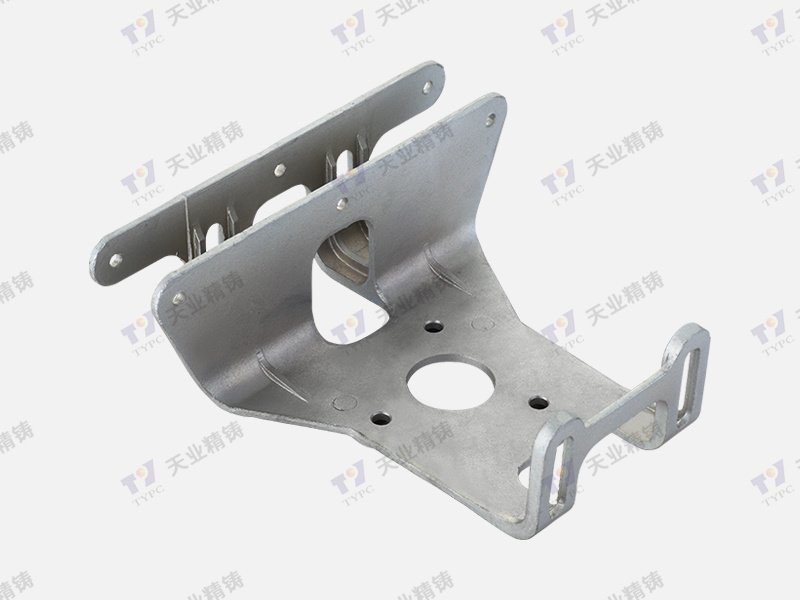2025-04-08
The Essential Guide to Copper Alloy Castings in Industrial Applications
Copper alloy castings are an integral component in various industrial applications, particularly within the realm of general machinery and components. This advanced form of metallurgy combines copper with other metals, such as zinc, tin, or nickel, to create materials that exhibit exceptional physical and mechanical properties. These alloys are renowned for their strength, durability, and excellent resistance to corrosion, making them a popular choice in industries where reliability and performance are paramount.
One of the most significant advantages of copper alloy castings is their excellent thermal and electrical conductivity. This property makes them ideal for applications involving electrical components, heat exchangers, and other systems where efficient energy transfer is crucial. The ability to withstand high temperatures without losing structural integrity further enhances their utility in various high-performance environments.
In addition to their conductivity, copper alloys are often selected for their machinability. This characteristic allows for precise fabrication processes, enabling manufacturers to create intricate designs and components that meet specific engineering requirements. The versatility of copper alloy castings makes them suitable for an array of products, including valves, pumps, fittings, and other essential parts used in machinery.
When considering copper alloy castings, it's important to understand the different types available. For instance, brass (a copper-zinc alloy) is commonly used for decorative applications due to its attractive appearance, while bronze (a copper-tin alloy) is preferred for its superior strength and resistance to corrosion. By selecting the appropriate alloy based on the desired application, engineers can optimize performance and longevity.
Moreover, the casting process itself can significantly influence the quality and properties of the final product. Techniques such as sand casting, investment casting, and die casting can be employed, each offering unique benefits depending on factors like complexity and production volume. Consulting with experts in the field can provide invaluable insights into selecting the right casting method for your project needs.
In conclusion, copper alloy castings play a vital role in the industrial equipment sector. Their combination of strength, conductivity, and versatility makes them a favored choice for manufacturers aiming to produce high-quality components. By understanding the various options and advantages of copper alloys, professionals can make informed decisions that enhance the efficiency and reliability of their applications. Whether for electrical systems or mechanical components, leveraging the properties of copper alloy castings can lead to superior performance and durability in your projects.
One of the most significant advantages of copper alloy castings is their excellent thermal and electrical conductivity. This property makes them ideal for applications involving electrical components, heat exchangers, and other systems where efficient energy transfer is crucial. The ability to withstand high temperatures without losing structural integrity further enhances their utility in various high-performance environments.
In addition to their conductivity, copper alloys are often selected for their machinability. This characteristic allows for precise fabrication processes, enabling manufacturers to create intricate designs and components that meet specific engineering requirements. The versatility of copper alloy castings makes them suitable for an array of products, including valves, pumps, fittings, and other essential parts used in machinery.
When considering copper alloy castings, it's important to understand the different types available. For instance, brass (a copper-zinc alloy) is commonly used for decorative applications due to its attractive appearance, while bronze (a copper-tin alloy) is preferred for its superior strength and resistance to corrosion. By selecting the appropriate alloy based on the desired application, engineers can optimize performance and longevity.
Moreover, the casting process itself can significantly influence the quality and properties of the final product. Techniques such as sand casting, investment casting, and die casting can be employed, each offering unique benefits depending on factors like complexity and production volume. Consulting with experts in the field can provide invaluable insights into selecting the right casting method for your project needs.
In conclusion, copper alloy castings play a vital role in the industrial equipment sector. Their combination of strength, conductivity, and versatility makes them a favored choice for manufacturers aiming to produce high-quality components. By understanding the various options and advantages of copper alloys, professionals can make informed decisions that enhance the efficiency and reliability of their applications. Whether for electrical systems or mechanical components, leveraging the properties of copper alloy castings can lead to superior performance and durability in your projects.









